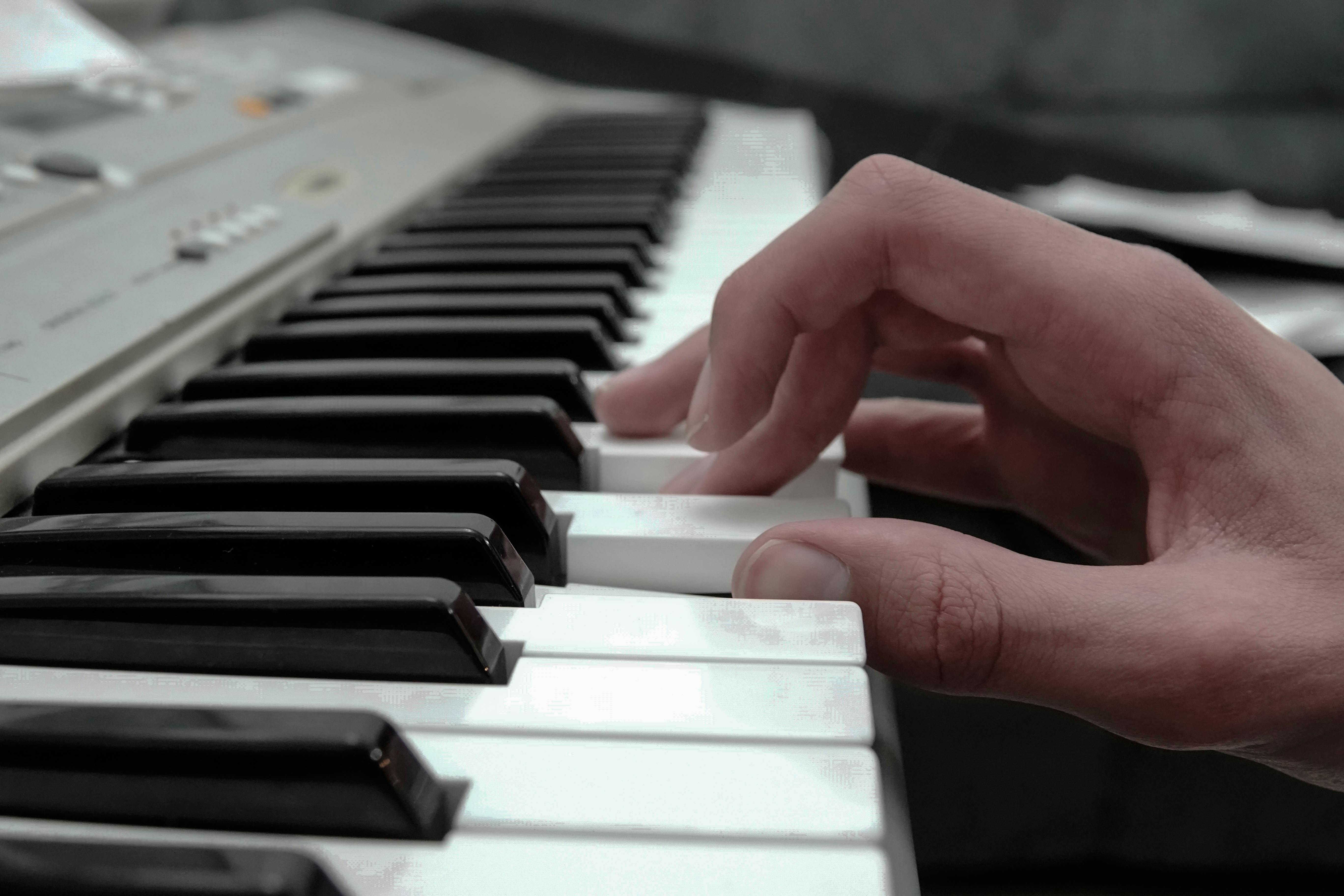Recent Posts
Search Topic
Velocity is a measure of how quickly one can move in a given direction. In the context of DAWs, it refers to how quickly the sound wave can be manipulated. Sound Volume or gain is related to amplitude; where as velocity is related to speed or motion.

Velocity is measured in hertz (Hz). The higher the number, the more accurate and detailed a sound sample will be. Pitch is measured in semitones. There are 360 degrees in a circle, so each degree represents an octave. A note with a pitch of 440 Hz is one octave below the middle C on the piano and one octave above the highest A. Dynamics are visually represented by changes in colour (larger bars indicate louder volume).
MIDI volume is the amplitude of the MIDI note. It can be set to a specific value or relative to the note’s velocity.
Velocity is a MIDI parameter that determines how hard a key has been struck. The higher the velocity, the louder it sounds. Velocity is a MIDI parameter that determines how hard a key has been struck. The higher the velocity, the louder it sounds.
The background object allows you to create a new Particle System (PS) without having to worry about extra nodes, connections, and settings. The background object allows you to create a new Particle System (PS) without having to worry about extra nodes, connections, and settings.
MIDI velocity is a system that is used to control the loudness of a note.
MIDI velocity is a system that is used to control the loudness of a note. It was first introduced in 1983 and it was developed as an extension to MIDI 1.0.
With MIDI velocity, each note on the keyboard has an assigned velocity value that determines how hard or soft it will sound when played back.
When you touch something, your velocity determines its motion. It can also affect the volume, as well as produce different sounds. The volume level you set on a piano that is played softly will not affect how it sounds, and the volume level you set on a piano that is played vigorously won’t affect how it sounds.